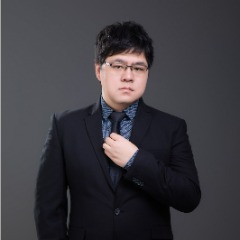• S. Zhang*, F. Tao, R. Qing, H. Tang, M. Skuhersky, K. Corin, L. Tegler, A. Wassie, B. Wassie, Y. Kwon, B. Suter, C. Entzian, T. Schubert, G. Yang, J. Labahn, J. Kubicek, B. Maertens. “QTY code enables design of detergent-free chemokine receptors that retain ligand-binding activities”, Proceedings of the National Academy of Sciences, 115-37, (2018) E8652-E8659.



